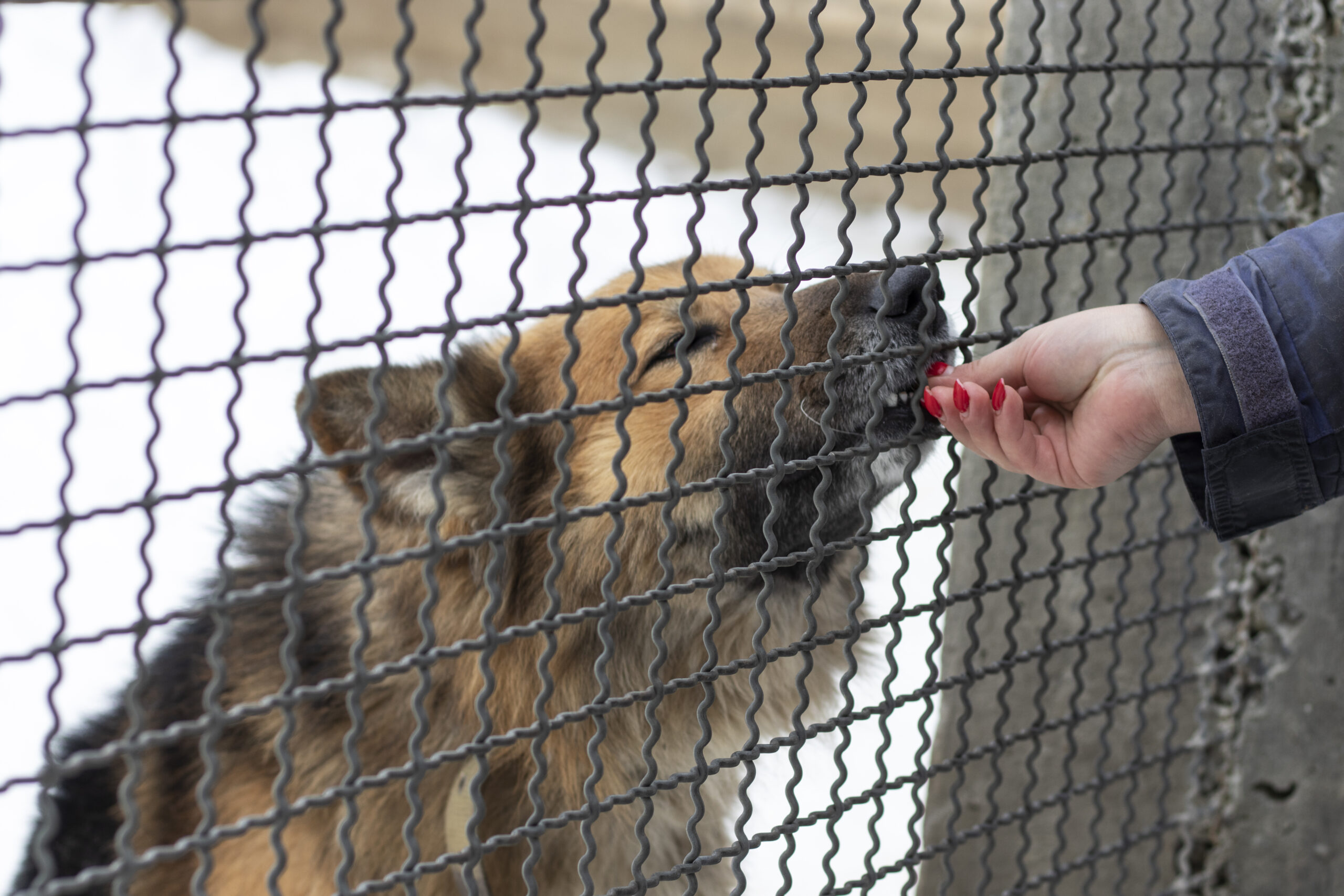Improving In-Kennel Presentation of Shelter Dogs Through Response-Dependent and Response-Independent Treat Delivery

In a sequence of studies, we evaluated 2 behavioral interventions designed to decrease undesirable in-kennel behaviors of shelter dogs. In Experiment 1, we compared the efficacy of a simple pairing of person with food (response-independent treat delivery) to an increasing interval differential reinforcement-of-other-behavior (DRO) procedure and a control condition. Both procedures decreased the median percentage of undesirable behavior from baseline (88.13%, interquartile range [IQR] ¼ 52.78% and 66.43%, IQR ¼ 89.06% respectively), and the control condition increased behavior by 15.13% (IQR ¼ 32.08%), H(2) ¼ 6.49, p ¼ .039. In Experiment 2, we assessed the efficacy of a response-independent procedure on the whole shelter population. We found a 68% decrease from baseline in the number of dogs that behaved undesirably (U ¼ –4.16, p < .001). Our results suggest that a response-independent procedure is equivalent in efficacy to a DRO procedure to decrease undesirable in-kennel behavior of shelter dogs.
Protopopova, A. and Wynne, C.D.L. (2015). Improving in-kennel presentation of shelter dogs through response-dependent and response-independent treat delivery. Journal of Applied Animal Behavior Analysis, 48(3), 590-601. DOI: 10.1002/jaba.217
Photo: iStock.com/Serhii Ivashchuk
View ResourceTopic(s): Dog to People - Skill Building, Environment, Environmental Management and Monitoring, Intervention, Noise Levels, Problem Abnormal Behavior, Shelter and Rescue, Social Interactions